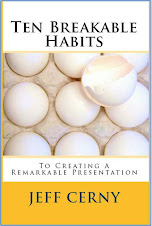
When he's making a presentation, ZL Technologies' founder and CEO Kon Leong believes in the power of making a logical segue before changing the slide.
"One thing I try to do that I believe makes a huge difference for any presenter is to build a verbal segue before changing the slide. It's more effective to set up the mind of the listener to anticipate the next slide, or even what they think it might be. The logical flow is important to maintain, and presenters sometimes overlook that when they cut to the next slide and then read. The thought process should transition into the next visual rather than the other way around."
But when it comes to the stages in managing your data, it's not the transitions but the elimination of the document that Kon believes is the most important, and the most challenging, part of the process.
For the complete interview with this data management expert about his views on how to scale that mountain of records at your company, see today's CBS Interactive article here.



